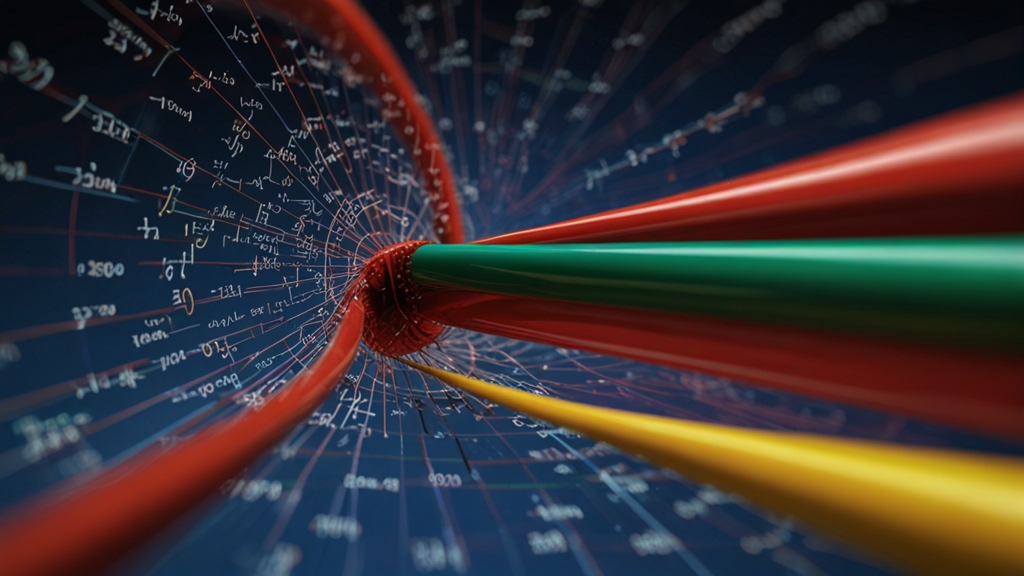Amazing Animal Camouflage: Nature's Best Disguises
In the intricate dance of survival, camouflage remains one of nature's most fascinating and effective strategies. Animals have developed an impressive array of disguises to evade predators, ambush prey, or blend seamlessly into their surroundings. This remarkable ability to mimic the environment showcases the extraordinary ingenuity of natural selection.
The Masters of Camouflage
Camouflage comes in many forms, each uniquely adapted to an animal's environment. Some of the most notable masters of disguise include the chameleon, octopus, and stick insect. The chameleon, renowned for its color-changing abilities, can alter its skin pigmentation to match its surroundings, effectively becoming invisible to both predators and prey.
"The chameleon's remarkable ability to change color is not just for hiding; it also reflects its mood, temperature, and communication needs." – Animal Behaviorist
Octopuses take camouflage to another level with their incredible chromatophores, allowing them to change not just color, but also texture and pattern. This ability is so refined that they can mimic the appearance of rocks, coral, or even other marine animals, making them nearly impossible to detect in the underwater world.
Camouflage in the Insect World
Insects are no less impressive in their camouflage abilities. The stick insect, for example, can so closely resemble twigs and branches that it often goes unseen by both predators and human observers. This impressive mimicry extends to its slow, deliberate movements, making it an icon of passive defense mechanisms.
Another notable insect is the leaf insect, which mimics the appearance and even slight movements of a leaf. Its coloration and patterns are so detailed that it can fool even the keenest of predators into thinking it is part of a tree.
Feathered Illusions
Birds, too, have evolved remarkable camouflage techniques. The tawny frogmouth, a nocturnal bird found in Australia, has feathers that perfectly match the bark of the trees it perches on during the day. When a predator approaches, the frogmouth will freeze, further blending into the tree and becoming nearly invisible.
"Birds like the tawny frogmouth demonstrate that camouflage isn't just about color; it's also about behavior and posture. By standing still, these birds become almost indistinguishable from their surroundings." – Ornithologist
Underwater Chameleons
Marine animals have perfected the art of camouflage, often aided by the reflective and refractive properties of water. The common cuttlefish, for instance, can change its color and texture almost instantaneously, adapting to different environments as it swims. This ability is crucial not only for avoiding predators but also for sneaking up on prey.
Coral reefs are home to some of the most vibrant and diverse examples of camouflage. The leafy sea dragon, with its appendages that resemble seaweed, can drift along the ocean floor without attracting unwanted attention. This disguise is so effective that divers often have trouble spotting them even when they are in plain sight.
The Science Behind Camouflage
Camouflage involves a combination of biological and behavioral adaptations. At the molecular level, animals like the cuttlefish use specialized cells called chromatophores, iridophores, and leucophores to manipulate light and color. This complex system allows them to match their surroundings or create disruptive patterns that break up their outline.
Behavior also plays a critical role. Many camouflaged animals remain motionless to avoid detection, while others use disruptive coloration to confuse predators. The ability to change behavior according to environmental cues is a testament to the adaptability and intelligence of these creatures.
Conclusion
From the deceptive talents of the chameleon to the underwater artistry of the octopus, animal camouflage showcases the inventive ways life adapts for survival. Each species' unique approach to blending into its environment highlights the complexity and beauty of the natural world. These clever disguises not only protect animals from predators but also allow them to become efficient hunters. In observing these remarkable adaptations, we gain a deeper appreciation for the intricate balance of nature and the evolutionary processes that sustain it.












